
All categories
Featured selections
Trade Assurance
Buyer Central
Help Center
Get the app
Become a supplier

(3807 products available)






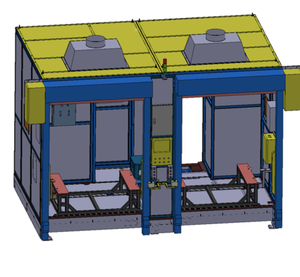







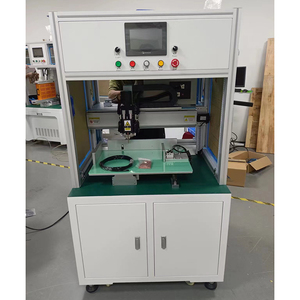

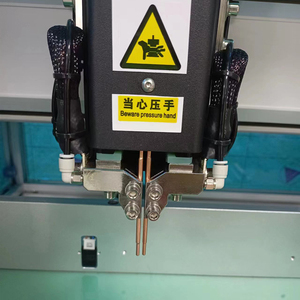






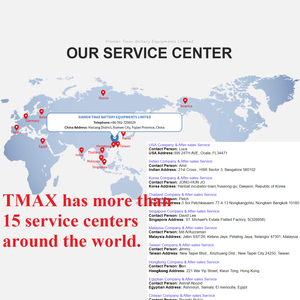









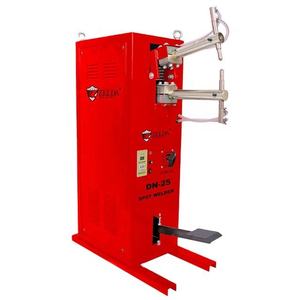
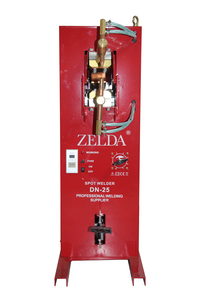

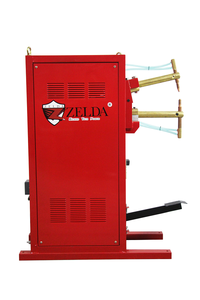


Spot welders for sale come in several types, each suited for specific applications and materials. Understanding these types is important for businesses so that they can select the right equipment for their manufacturing needs.
Manual welders use hand-operated controls to deliver the welding process. They are advantageous when welding small production lots and when complete welding regulation is required. Their low cost also appeals to users just starting out, as well as small operations.
A pneumatic welder uses air pressure to control the welding process. These welders are faster and better than manual welders, especially in production settings that require numerous welds in a short amount of time. They are also useful because they can be adapted to various welding tips and materials.
Known for their force, hydraulic welders are ideal for large-scale production and can weld thicker metal sheets. The hydraulic control ensures consistent pressure and heat, making it possible to get high-quality welds every time.
As the name suggests, these welder types operate via a rechargeable battery. This makes them convenient for use where power supply cannot be guaranteed. While not as powerful as some of the other types, they are lightweight and mobile, hence ideal for repair work and field jobs.
Automatic models carry out the entire welding process without the need for manual intervention. These types are useful in large factories where there is a need for consistent high-volume welding. These are also useful when the goal is to achieve consistent quality, as variability is reduced compared to manual methods.
For businesses to make informed decisions, they must consider the following features of resistance welding machines to better assess performance, efficiency, and suitability for their specific needs.
The welding output can go from a couple of kilowatts to over ten kilowatts, depending on the model. Weld power usually correlates to maximum material thickness and the weld strength achievable. Higher power capacities are better for large-scale production or industrial applications.
Many models have a cycling frequency that is adjustable, allowing users to modify the build-up time and the interval between welding spots. This affects the machine's versatility, especially when working with various materials or thicknesses. A higher frequency is good for thin sheets, while lower is better for thicker ones.
The types of materials commonly used in spot welders include steel, stainless steel, and aluminum. These three materials commonly vary in their electrical conductivity and thermal properties. While steel requires moderate power, stainless steel requires lower power, as this material is sensitive to heat.
Electrode design also varies, as do their shapes and materials. Common materials for electrodes include copper alloys, which combine good thermal conductivity with high wear resistance. This greatly impacts spot welding quality and the welder's longevity.
Heat control features go a long way in determining the type of weld produced. While models may only have a simple toggle to adjust heat levels, some advanced models have automatic systems that detect and adjust heat according to the material. This will also reduce distortion while ensuring a strong weld.
Spot welders are used across a variety of industries, which makes understanding the reason behind their usage crucial. Below are industries that incorporate these welders into their operations and the nature of their respective applications.
The automotive industry often uses spot welding machines for car body assembly, as they easily join metal sheets. Their speed also helps this industry, as it needs to perform many welds to ensure good production rates. The resulting welds are good for structural integrity and keep the vehicles strong and safe.
Electronic products also rely on these welders for battery pack assembly. They help this industry by providing the welds needed for thin metals used in wiring and circuit boards. The precision of this welding helps maintain the integrity of electronic components, which helps avoid costly repairs.
Like the automotives, this industry also uses it for lightweight but strong assemblies. Available welders put together aircraft and components and are suitable for welding high-strength materials without compromising the integrity of the metal. That’s why these welds are used in critical safety applications.
Large spot welders in this appliance industry are used to assemble metal housings for refrigerators, washing machines, and other large appliances. Since appliances are designed to handle long-term use, the produced welds need to be strong and durable and support the production of these household items.
The metal furniture industry uses spot welding machines to join metal parts in manufacturing chairs, tables, and cabinets. Optional welding machines provide a quick, efficient way to assemble these products while retaining aesthetic value. The produced welds are strong enough to keep the items stable and durable.
It is critical to consider these factors so that the right option is acquired for sale. Below is a decision-making guide so that the spot welders chosen will be ideal for buyers' respective businesses.
The material of the metal sheets that will predominantly be worked with determines the efficiency of these machines. For instance, while steel requires significant heat and pressure, aluminum demands less heat and more careful welding, as it easily warps and melts. The machine's electrodes must, therefore, be crafted from materials that best suit these metals.
Certain machines have features ensuring even heat distribution and pressure application. Such models will be able to deliver higher-quality welds since they will minimize any inconsistencies. This is particularly important in industries like automotive and aerospace, where weld strength directly impacts safety and performance.
For industrial use, there are spot welders intended for heavy-duty work, and they are rated for long-term usage. Such machines also have parts that can be easily replaced and maintained since this makes it possible to minimize downtime. In businesses with high production needs, durable models significantly influence total expenses over time.
This factor is important when the workforce is relatively unskilled or when training time needs to be minimized. Some advanced models have automatic settings for power and timing instead of manual adjustments. Such machines reduce the need for operator skill, leading to consistent results irrespective of operator experience.
As mentioned, these requirements can either be pneumatic, manual, or battery-operated. Those that are electric-powered will need specific power supplies, while pneumatic models need air compressors with sufficient pressure. For businesses that are energy-conscious or have limited power access, battery-operated and low-power models are the best ones.
A1. Yes. Metals with low electrical conductivity, such as titanium and copper alloys, pose a challenge for spot welding. Other than that, very thin sheets can also be warped, while very thick ones may struggle to achieve a deep enough weld.
A2. Yes, controlling heat input and using appropriate electrode materials will enhance the welds. It is also recommended to employ a anti-weld splatter agent in a way that fusion occurs without excessive carbon absorption in the weld area.
A3. The ideal welder for business will depend on its scale, the materials commonly worked with, and required weld quality. Directly assessing power, cycle frequency, and heat control will ensure the selected model aligns with operational demands.
A4. The answer is definitely yes. Welders perform optimally and last longer with regular maintenance. Maintenance goes a long way in reducing instances of poor welds, excessive machine heating, and, most importantly, machine breakdowns.
A5. Metallics with high thermal conductivity, like copper alloys, are used for these electrodes. This is because copper distributes heat evenly, reducing concentration at the weld point. The resulting weld will thus be smoother, stronger, and of better quality.